The Artist’s Statement—How Visual Artists Find and Use Voice
Voice is an intangible but discernible sensibility that threads through and ties together a body of work. It can be loud or quiet, but we always feel it.
Please note that shipping will be slower than usual for orders placed between Dec. 24-Jan. 5! Thank you for your patience.

Voice is an intangible but discernible sensibility that threads through and ties together a body of work. It can be loud or quiet, but we always feel it.
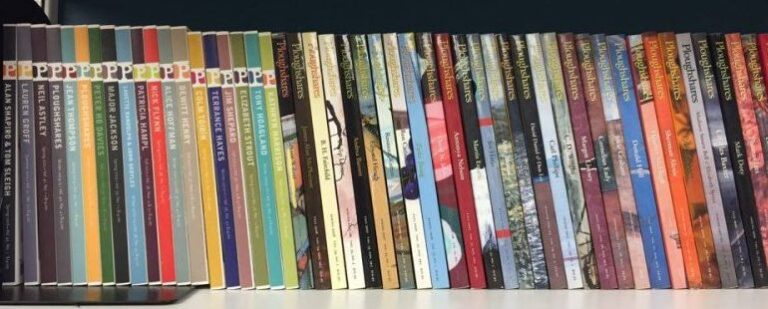
It seems that every book I’ve read recently has a talking animal in it. A new favorite is Max Porter’s novel, which begins with a protagonist opening the door to find a life-sized crow on his doorstep. The bird picks the man up, cradles him in his wings.
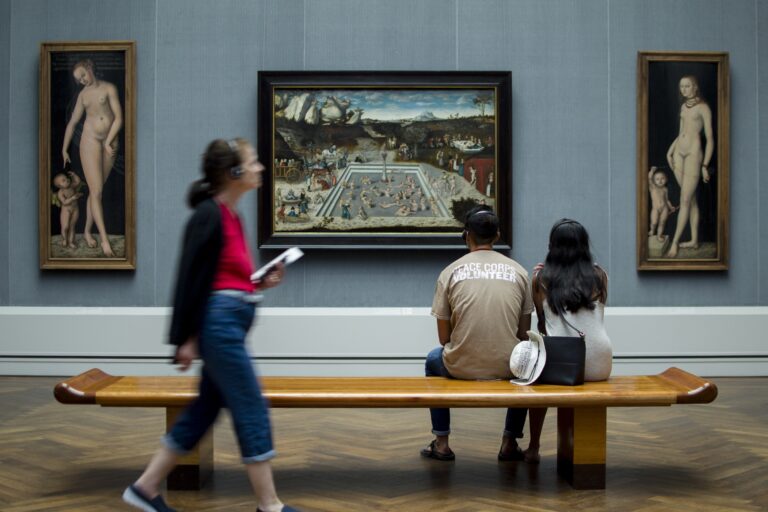
In many ways, visual art gave birth to literature. The first stories written down were cave paintings. For years our alphabet was made up of pictographs which simply meant that the only people who could tell stories were those who could draw.
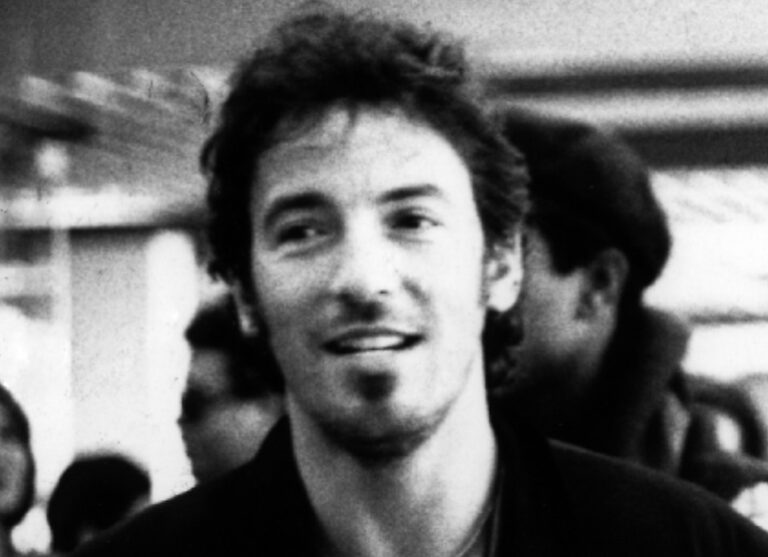
Bruce Springsteen often tells stories in his songs which investigate the human condition, the lyrics following a narrative arc with a clear beginning, middle and end. It is therefore not surprising that fiction is one of the places where he finds inspiration.
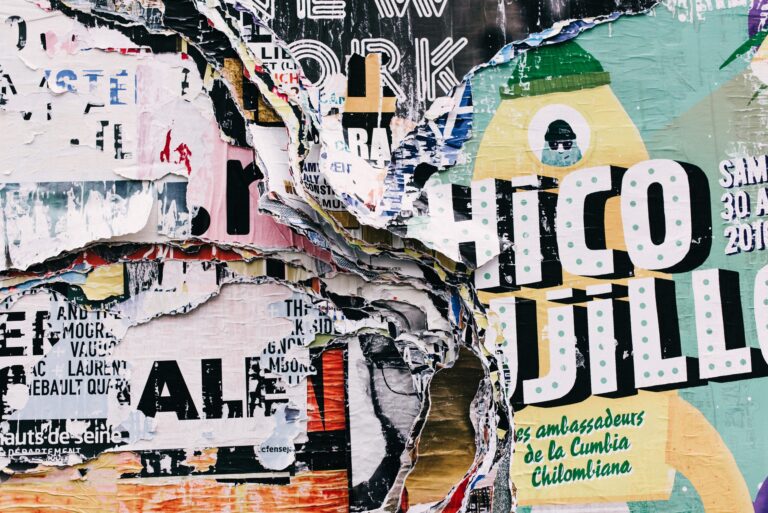
I’ve always had a wretched time titling my writing. It’s the last thing I do with any piece, and not without a lot of deep sighing. In panic mode I have a rattling tendency to latch on to songs; just in the short history of my posts here, I’ve borrowed titles from Tina Turner and…

You just don’t see enough literary fiction about bears. If, like me, you prefer your nutritious reading with a side of mauling, you should pick up Matthew Neil Null’s Allegheny Front. Erudite, unsentimental, and alert to the natural world, Null turns the history of West Virginia into stories that feel both authentic and mythological. I…
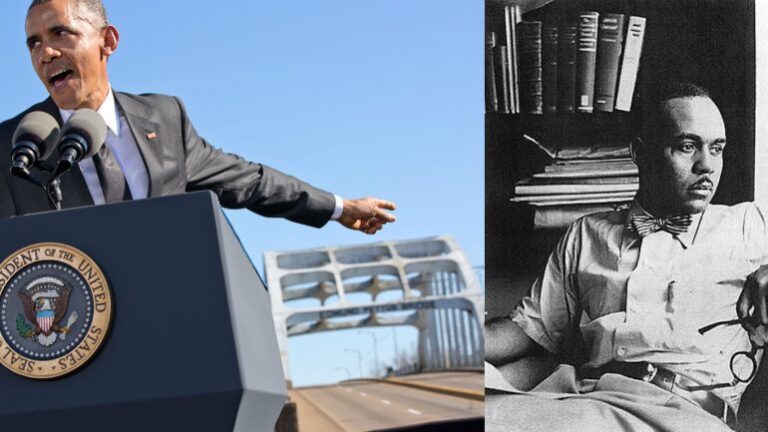
Early in the speech that Barack Obama gave last year to commemorate the fiftieth anniversary of “Bloody Sunday,” standing in front of the Edmund Pettus Bridge in Alabama, the president asked, “What can be more American than what happened in this place?” That line deserved more attention than it got. To recap what happened there:…

Contrast is the visual artist’s most powerful tool. Contrast does not necessarily mean opposite. Evil and contentment, white and off-white are both contrasts, but they are not opposites. Artists use a spectrum of tools to achieve contrast: color and light, saturation and tone shading and line, focus, scale and perspective, body language and facial expression,…
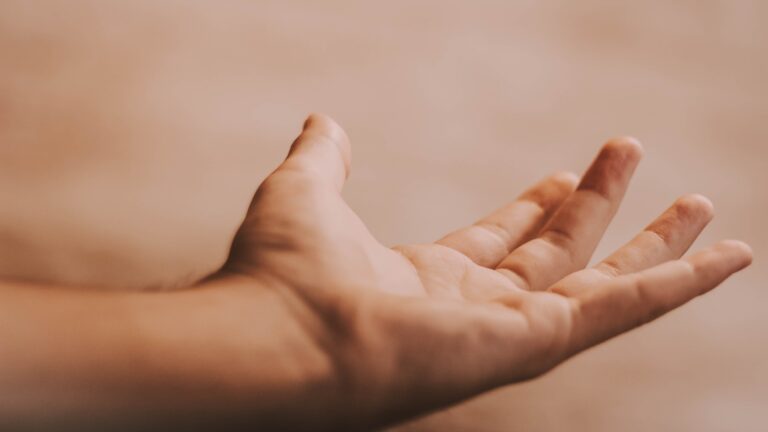
Body language is the nonverbal expression of emotion and thought—a form of communicating arguably more effective than the system made up of words. Words are adequate for the less complex task of conveying information, but body language and tone do the heavy lifting. By some estimates only 7 percent of all communication is verbal. Our…
No products in the cart.